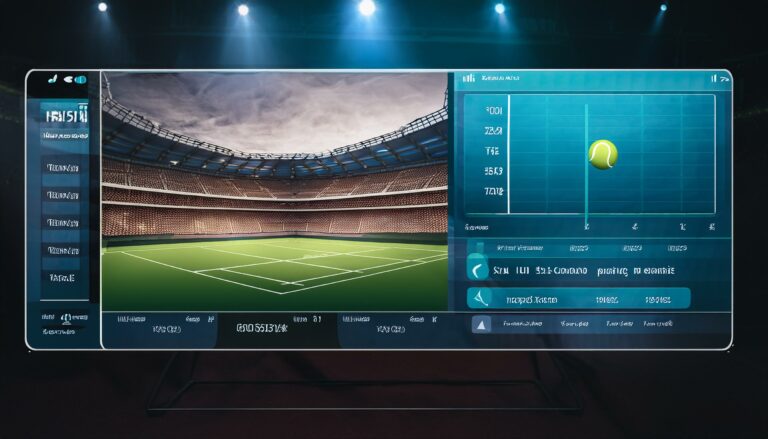How to Use Technology for Effective Cricket Coaching
Online Cricket ID, Online Cricket ID: Video analysis software has revolutionized the way coaches and athletes review and analyze games and practice sessions. By utilizing this technology, teams can break down game footage into key moments, allowing for a detailed examination of player performance, tactical decisions, and overall team strategies.
Coaches can use video analysis software to provide visual feedback to players, pointing out areas of improvement and highlighting successful plays. This tool enhances the learning process by allowing athletes to visualize their performance and better understand where adjustments can be made to enhance their skills and overall gameplay.
Implementing Virtual Reality Training
Virtual reality training has rapidly gained popularity in various fields, including sports. Athletes can now benefit from immersive simulations that replicate real-game scenarios, enhancing their strategic thinking and decision-making skills. By utilizing virtual reality technology, coaches can provide players with a unique training experience that goes beyond traditional methods, allowing them to practice in a safe and controlled environment.
One of the key advantages of virtual reality training is its ability to offer instant feedback to athletes. Through real-time analysis of their performance in simulated situations, players can identify areas for improvement and work on refining their skills more effectively. This personalized approach to training fosters a deeper understanding of game dynamics and empowers athletes to make informed decisions under pressure, ultimately enhancing their overall performance on the field.
Utilizing Wearable Technology for Player Monitoring
The integration of wearable technology for player monitoring has revolutionized the way coaches and trainers assess athlete performance. With the ability to gather real-time data on metrics such as heart rate, distance covered, and speed, wearable devices provide invaluable insights into an athlete’s physical exertion levels during training sessions and games. This data enables coaches to tailor training programs to optimize performance and reduce the risk of injury by monitoring and managing player workloads effectively.
Moreover, wearable technology enhances the overall sports experience by allowing athletes to track their progress and performance metrics over time. By analyzing data collected from wearable devices, athletes can gain a deeper understanding of their strengths, weaknesses, and areas for improvement. This self-monitoring aspect empowers athletes to take control of their training regimen and make informed decisions to reach their peak performance levels. Ultimately, the adoption of wearable technology for player monitoring not only benefits coaches and trainers in optimizing performance but also empowers athletes to take ownership of their athletic development.







